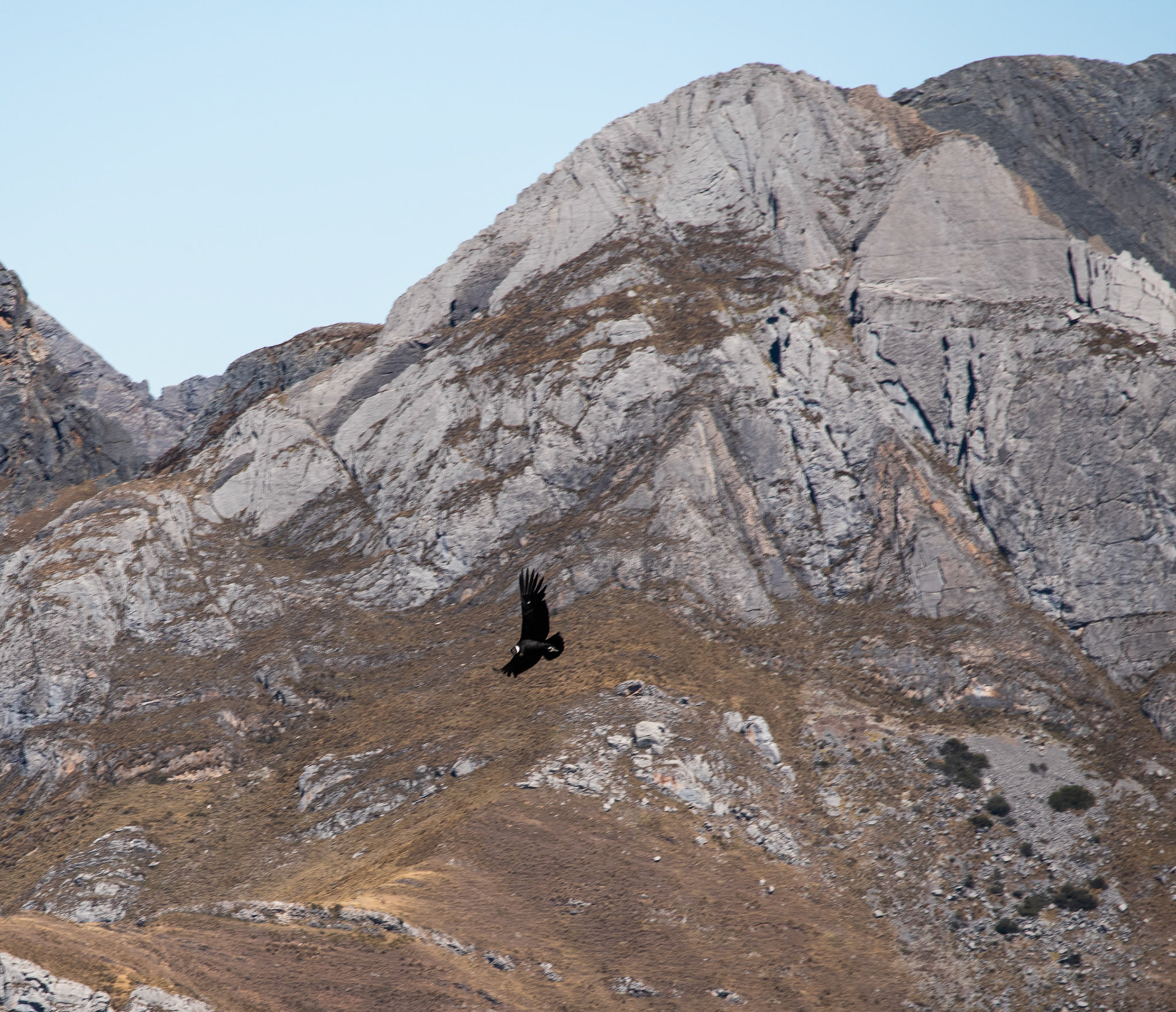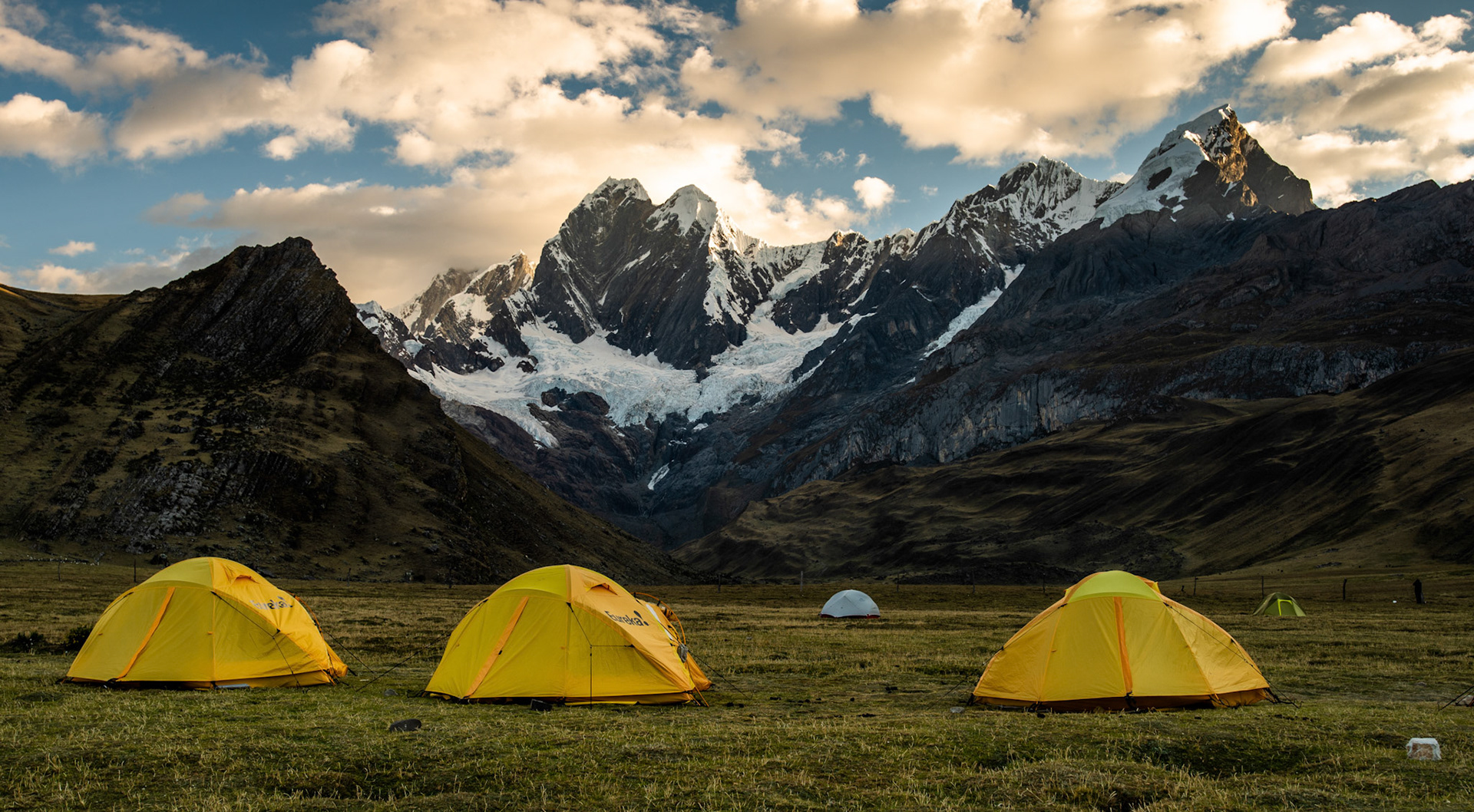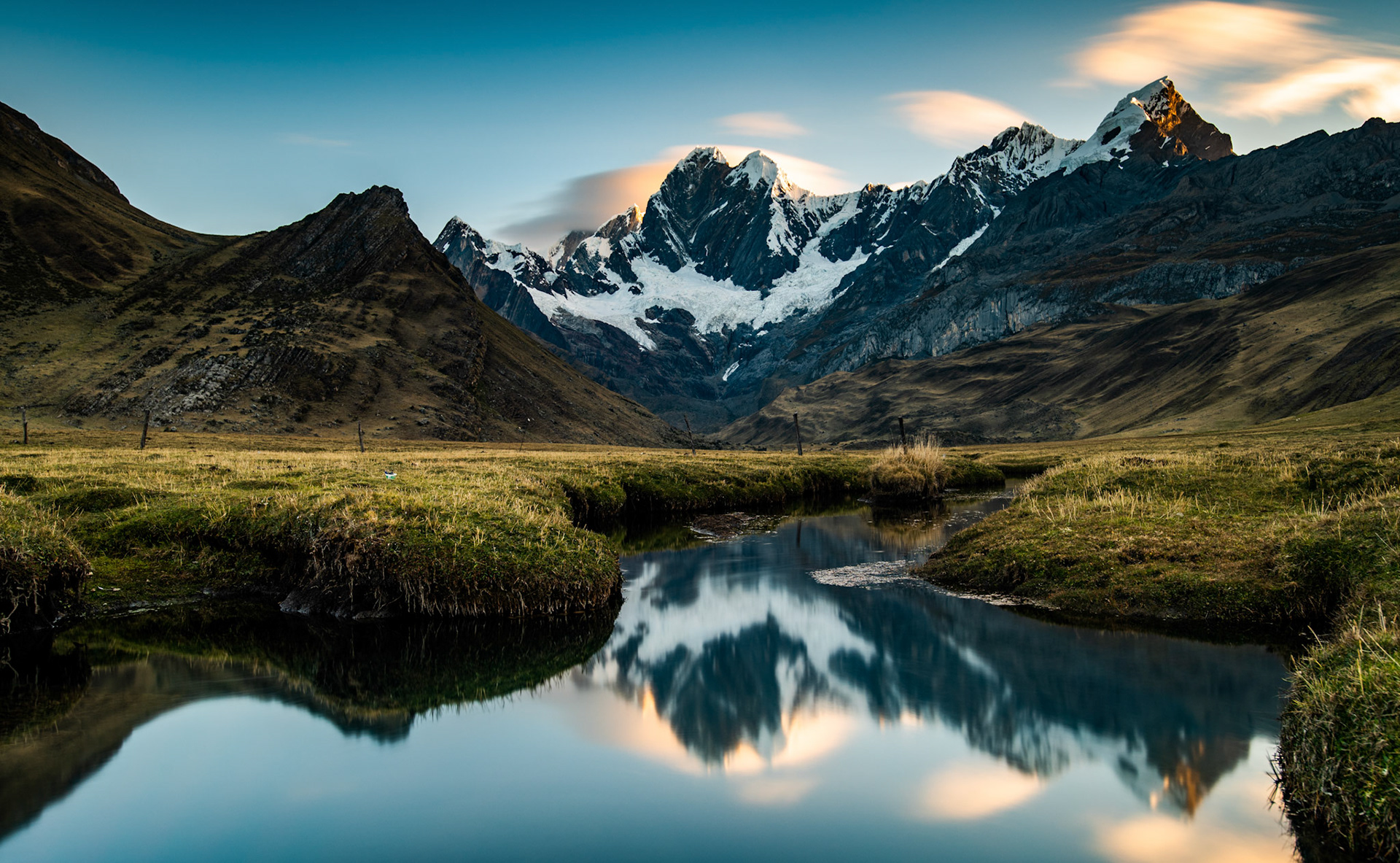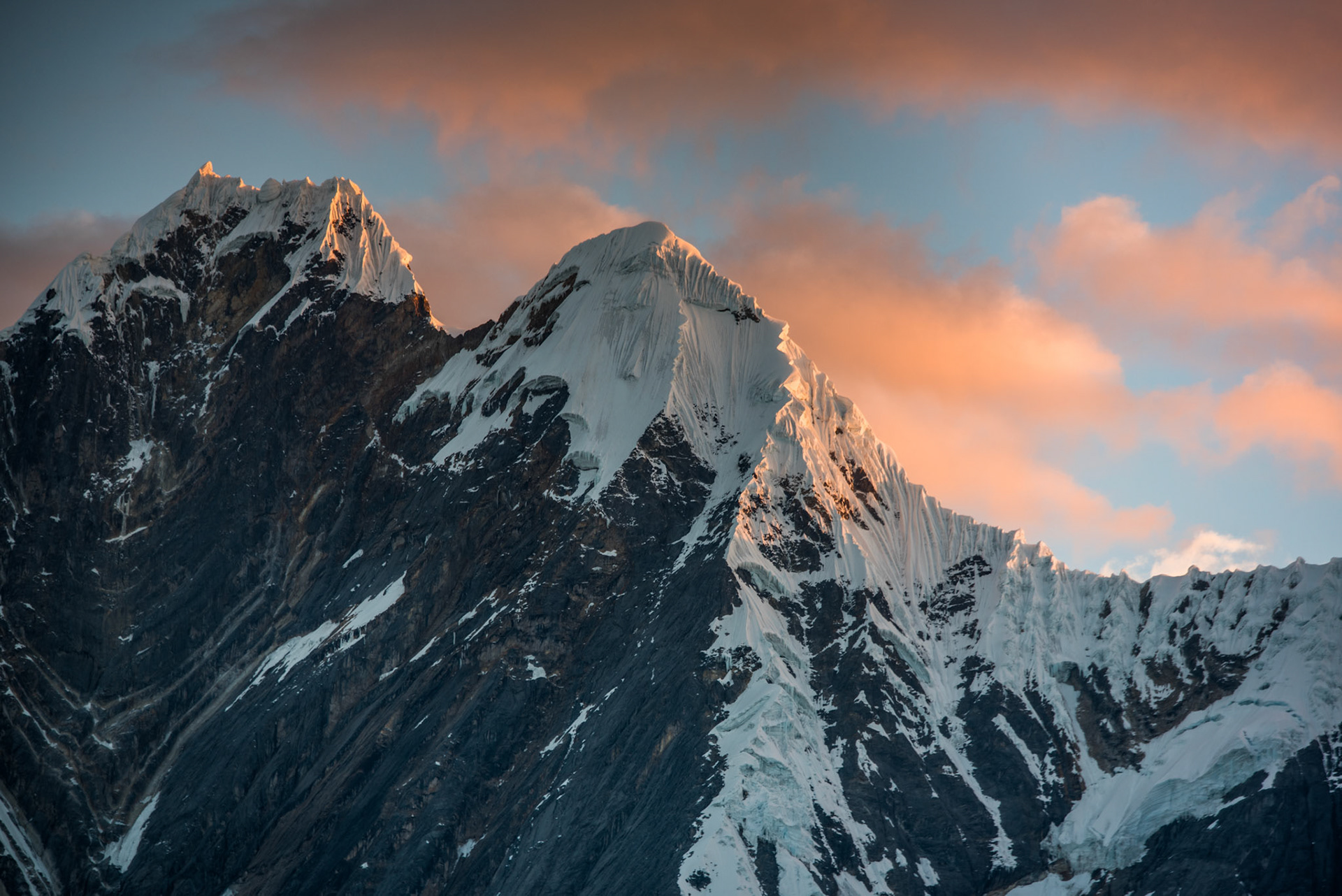Mount Jirishanca, 6094 m above sea level
Mount Huascarán, 6768 m
Views of the stunning switchback tracks that we travelled on.
The Cordillera Huayhuash in all its panoramic glory...
The exclamation on the tent was very apt for my feelings that night!





Possibly my favourite shot from the trek. The southern milkyway dwarfs even the giant peak of Jirishanca
Mirador Tres Laguna
Siula Pass, 4,830 m
Our group photo at the top of Punta Cuyoc, 5,050 m
The fabulous view on the other side of the pass
Dinosaur Eggs?
Sadly, the closest I could get to this viewpoint was a photo of my friend enjoying the view. San Antonio Pass, 5,080 m
Laguna Jahuacocha.
Our final campsite at Laguna Jahuacocha.
Terrace walls on the slopes above Pocpa, still far below us.
Finally hitting level ground at the village of Pocpa.
Chiquián, nicknamed ‘the mirror of the sky’.
The stunningly unique Los Nagales Hotel in Chiquián.
Watching the donkeys pass over this incredible landscape was a highlight of each day.
Henry (on the right) and the porters.